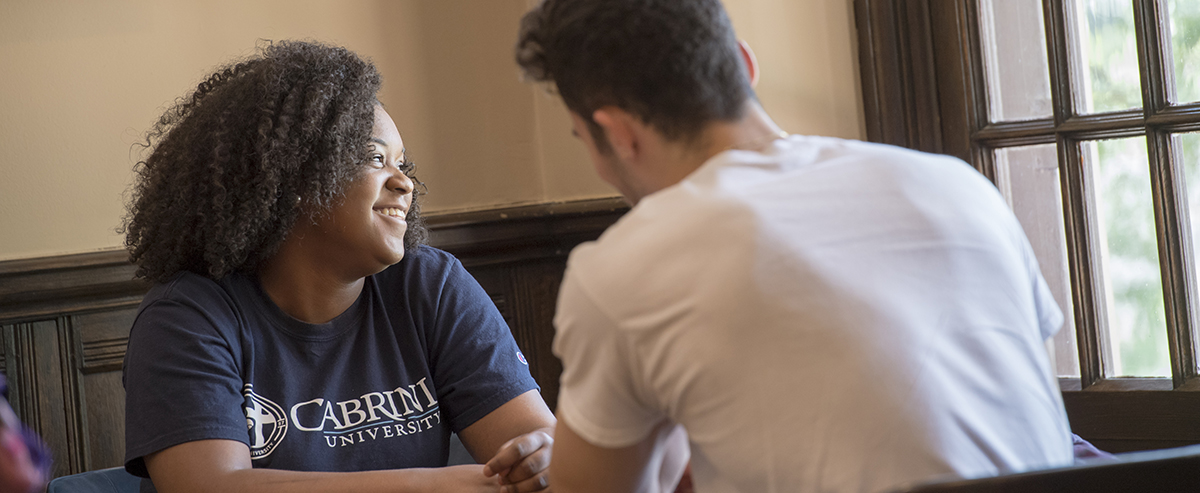The Sophomore Slump
Recalling that first day on campus, we can remember the excitement and newness of it all.
The new friendships, new living situation, new professors, and new academic demands; it’s expected that the first year transition to college requires work and commitment.
By the sophomore year, however, it is usually expected that students will have adapted to campus life and don’t need the same attention. Therefore, students might experience a let-down from that first year, with feelings of confusion and bewilderment.
What is the “sophomore slump?”
Students who lack motivation, are indecisive about selecting a major, feel disconnected socially and academically, and engage in behavior like excessive drinking that interferes with their academic success are stuck in the sophomore slump.
- They might flounder academically, skip classes, or not engage in extracurricular involvement.
- They’re disappointed and frustrated with the academic experience.
This slump doesn’t always happen sophomore year; some students experience a similar state during the second half of their first year or when they are ju niors or seniors, while some don’t experience it at all.
- The challenges facing the second year student are, in many ways, distinct from those faced in the first year and are equally significant.
- The developmental challenges of the sophomore are important to understand so parents, faculty, and staff can support students during this unsettling time.
Some developmental milestones in particular are salient for the second-year student.
Achieving competence is particularly important for sophomores. Expectations are higher and require a new standard of competence in intellectual and interpersonal facets. For example, students may face difficulties in the entry-level courses for their major, in extracurricular activities, or in interpersonal relationships, all of which will shake their confidence.
As students progress into their second year, they are expected to assume a greater level of personal autonomy. Sophomores are no longer expected to be as reliant on parental support and approval, yet they may be most in need of that support as they face a crisis of confidence.
Additionally, the second-year student may not have achieved an adequate sense of interdependence and support within the campus community to replace the loss of parental and highschool supportnetworks.
Identity formation is interrelated with achieving competence and autonomy for most students. Young adulthood is characterized by a striving for identity, and the college years provide the best opportunities to shape one’s identity.
It is during the college years that students are encouraged to experiment with varied roles, explore alternative goals and values, and reflect on achievements.
For most college students, one area of meaningful exploration includes major and career choices, in addition to religious beliefs and values, political opinions, gender roles, and relationships.
This developmental milestone becomes challenging as academic advising and course selection become more important as sophomores are asked to declare academic majors.
Given the confusion and uncertainty of this period, making a commitment to something such as a major can be extremely difficult and distressing.
- These milestones culminate in developing purpose, which encompasses choice of vocation, life goals, lifestyle choices, and recreational goals, among other choices.
- What can be most difficult for second-year students is that they have high energy but lack direction; thus, a crisis of purpose.
- Moving from this disconnected state of the sophomore slump to one of confidence and commitment later in college is not the same for everyone.
Parents and educators can take steps to make the second-year experience more positive and productive. The extent to which a student has a successful first-year experience will increase the likelihood of them experiencing success in their second and subsequent years.
Key elements include effective academic advising, intentional linkage with career services, development of positive relationships with faculty and staff, academic and social integration with peers, and good progress toward the development of purpose.
As parents, we can encourage our second-year students to connect with others on campus, to develop strong mentoring relationships with faculty and staff, to assume responsibility in various ways around campus, and continue to provide support. This can help to ease the transition.
